To learn about calls for nominations for C9 awards that are currently open, please visit the C9 News page.
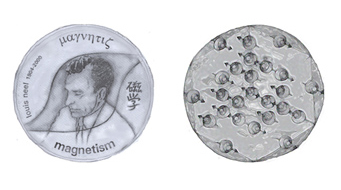
Two awards are organized by the Commission of Magnetism, the IUPAP Magnetism Award and Néel Medal, and the IUPAP Early Career Scientist Prize in the field of Magnetism .
Established in 1991, the IUPAP Magnetism Award is made in recognition of outstanding contributions to fundamental and applied magnetism. It is presented every three years at the International Conference on Magnetism (ICM). The Néel Medal is awarded together with the Magnetism Award, since 2003, sponsored by CNRS and Institut Néel. A monetary award for the winner(s) is generously sponsored by Elsevier. The recipients of this prestigious award are listed in what follows.
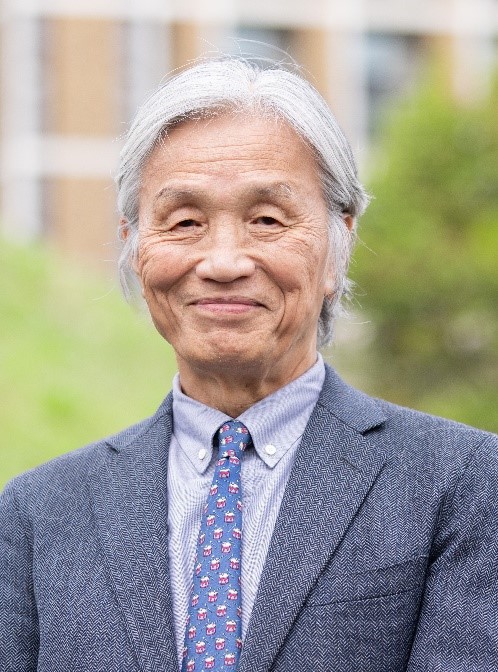
Dr. Masato Sagawa, NDFEB Corporation and Daido Steel Co. Ltd, Japan
“For pioneering contributions to the invention and development of rare-earth-iron-boron high-performance permanent magnets.”
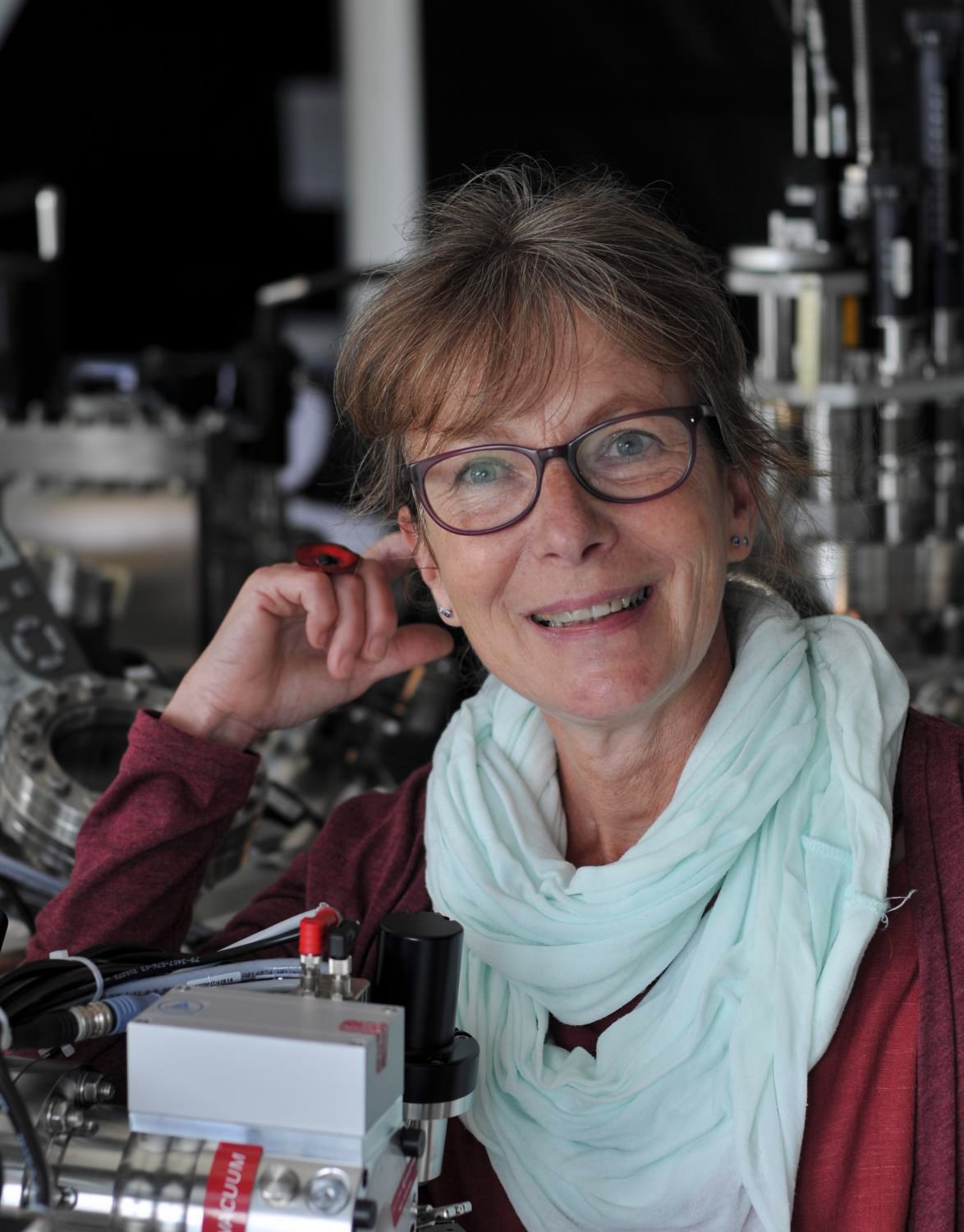
Agnès Barthélémy, University Paris-Saclay/Unité Mixte de Physique CNRS-Thales
For pioneering contributions to the fundamental and applied science of magnetic and ferroelectric materials, particularly multiferroics.

Nicola Spaldin, ETH Zürich
For pioneering contributions to the fundamental and applied science of magnetic and ferroelectric materials, particularly multiferroics.
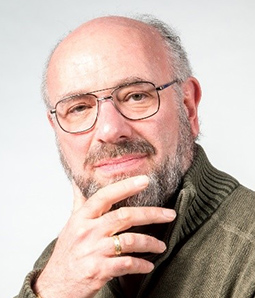
Samuel D. Bader, Argonne National Laboratory
For outstanding and sustained experimental contributions to the field of magnetic surfaces, films, and nanostructures.

Prof. Ramamoorthy Ramesh, University of California, Berkeley
For groundbreaking discoveries in novel multiferroic and magnetoelectric materials and their applications in future technologies.
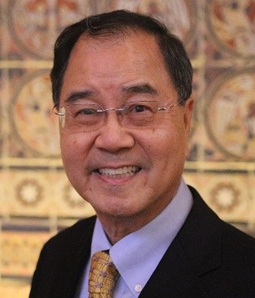
Kang L. Wang, University of California, Los Angeles
For the discovery of chiral Majorana fermions and outstanding contributions to topological spintronics.

Chia-Ling Chien, The Johns Hopkins University, USA
For pioneering discoveries in magnetic materials and nanostructures.

Sadamichi Maekawa, Japan Atomic Energy Agency, Japan
For contributions to the development of the physics and application of spintronics for thirty years, since his seminal work on tunneling magnetoresistance in 1982. He has recently proposed the spin-motive force, which is the conversion mechanism of magnetic and electric energy, and presented the linear-response theory of spin Seebeck effect.
Presently: RIKEN Center for Emergent Matter Science, Japan
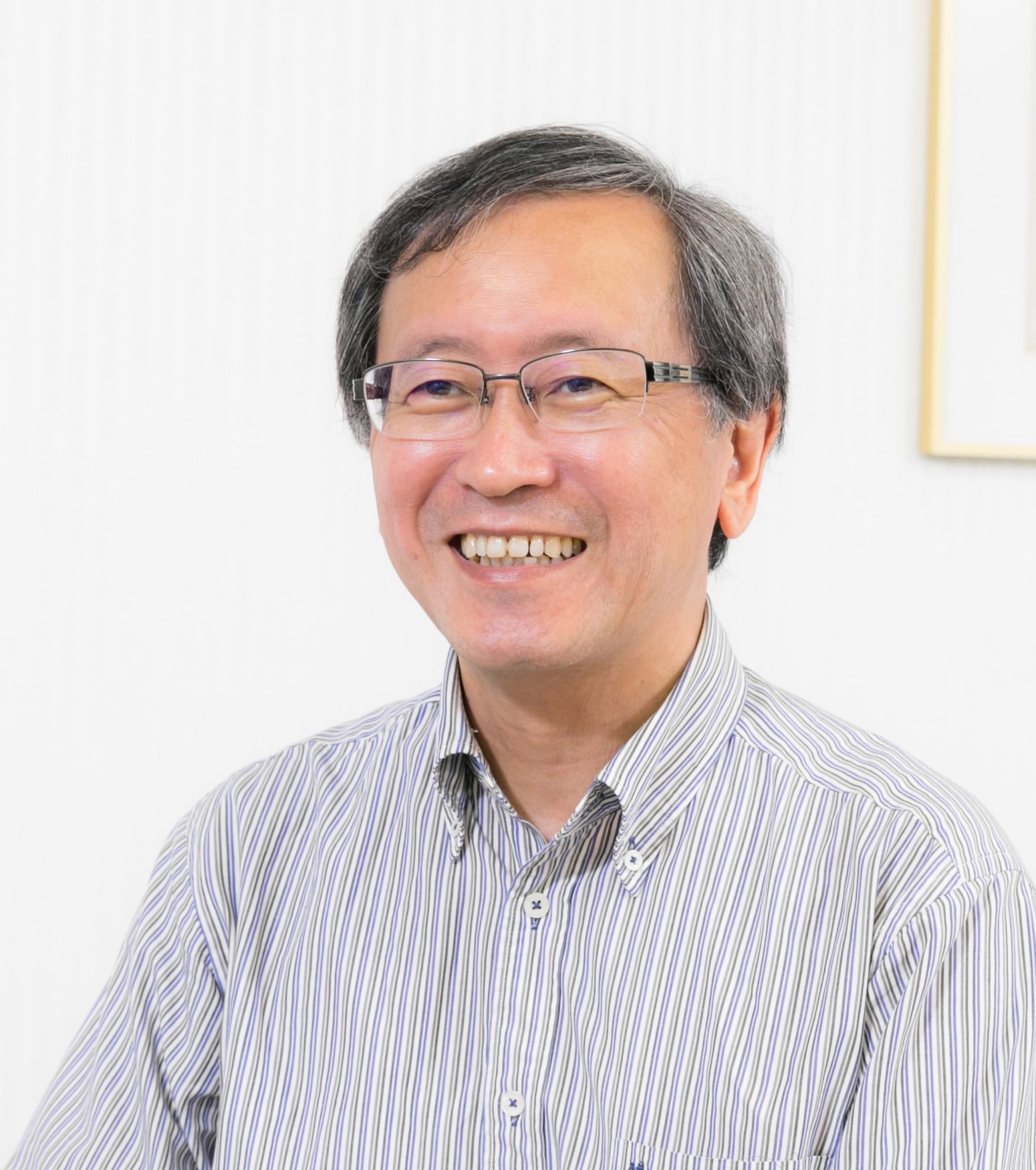
Yoshinori Tokura, The University of Tokyo, Japan
For discoveries of novel magnetoelectronic properties in strongly correlated electronic systems, including the discovery of electron doped high temperature superconductors, studies of Mott criticality, orbital physics, and colossal magnetoresistance, experimental discoveries of gigantic magnetoelectric effects in multiferroics.
Presently: RIKEN Center for Emergent Matter Science and the University of Tokyo, Japan
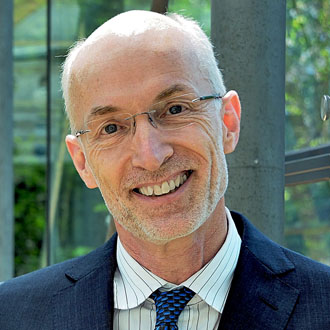
Stuart S. P. Parkin, IBM Almaden Research Center, USA
For his pioneering work and fundamental contributions to the development of spintronic nano-materials and nano-devices for magnetic sensing, memory and logic devices.
Presently: Max Planck Institute of Microstructure Physics, Germany
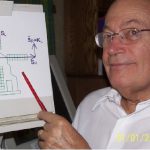
John C. Slonczewski, IBM Research Center, Yorktown Heights, New York, USA
For fundamental theories concerning domain wall dynamics, exchange and electron transport in magnetic thin-films and multilayers, advancing ideas for storage, memory and oscillators. His predictions include bilinear and biquadratic coupling, magnetoresistance and spin transfer torque, leading to magnetic switching and to the generation of spin waves and microwaves.

Gabriel Aeppli, University College London, UK
Presently: ETH Zürich, EPF Lausanne and Paul Scherrer Institut, Switzerland

David D. Awschalom, University of California, Santa Barbara, USA
Presently: Institute for Molecular Engineering, University of Chicago
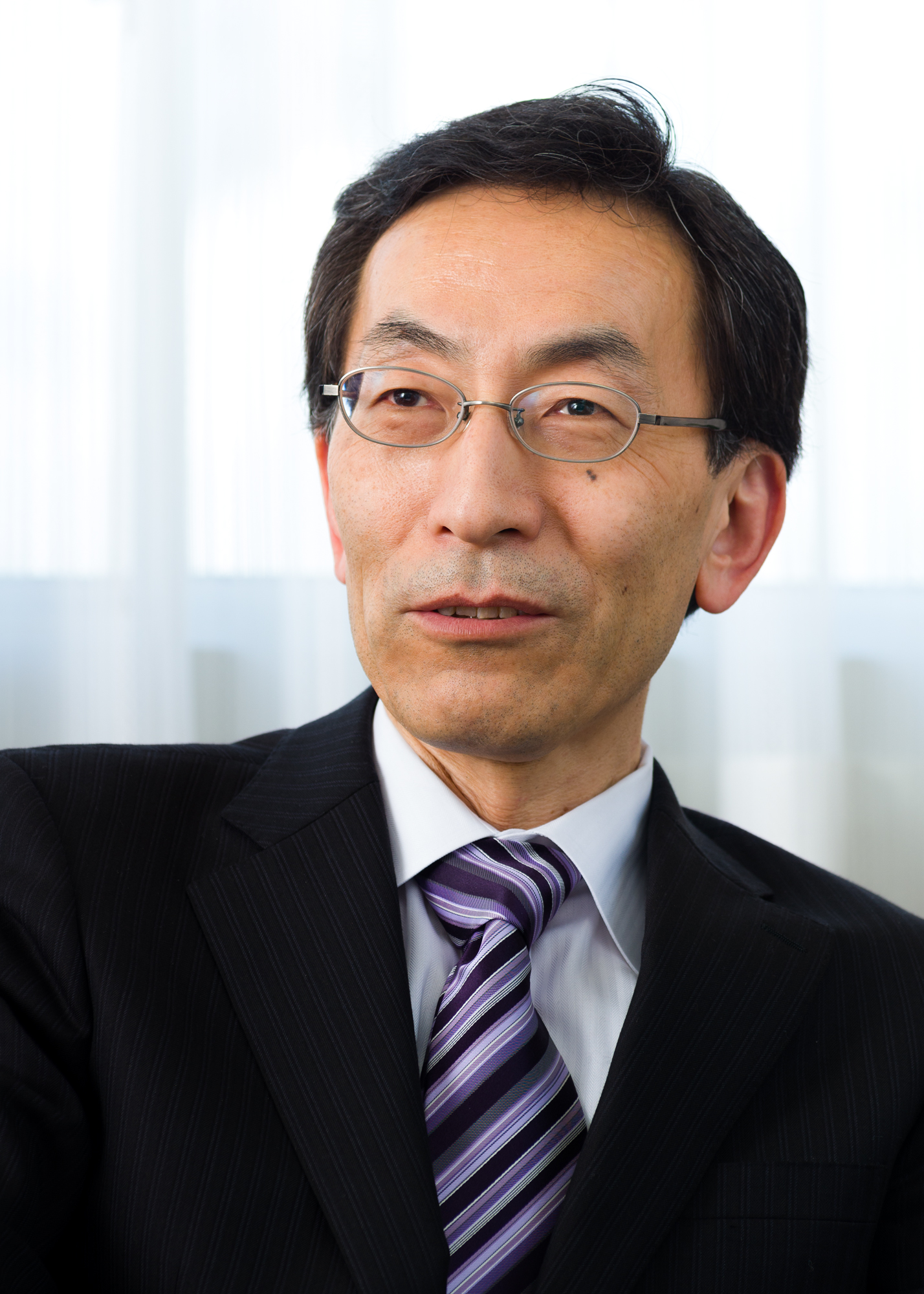
Hideo Ohno, Tohoku University, Japan
For their outstanding achievements in magnetism of quantum electron systems. Aeppli has pioneered the study of magnetic correlations by neutron scattering, demonstrating the ubiquity of antiferromagnetic correlations in paramagnets and superconductors; Awschalom has done ground-breaking work with femtosecond optical methods to reveal both spatial and temporal aspects of spin dynamics; Ohno has developed new types of ferromagnetic semiconductors which have facilitated some key aspects of spin electronics.

Frank Steglich, Max Planck Institute for Chemical Physics of Solids, Dresden, Germany
For his outstanding contributions to the experimental study of strongly correlated electron systems and in particular to heavy fermion physics. His careful and detailed experiments have elucidated the magnetic and superconducting properties of heavy fermions and correlated these with non-Fermi liquid behaviour near the quantum critical point.

Robert J. Birgeneau, Massachusetts Institute of Technology, USA
For achievements in the field of magnetism, and in particular for the identification of model magnetic systems and the experimental elucidation of their behavior using neutron scattering techniques.
Presently: University of California, Berkeley, USA
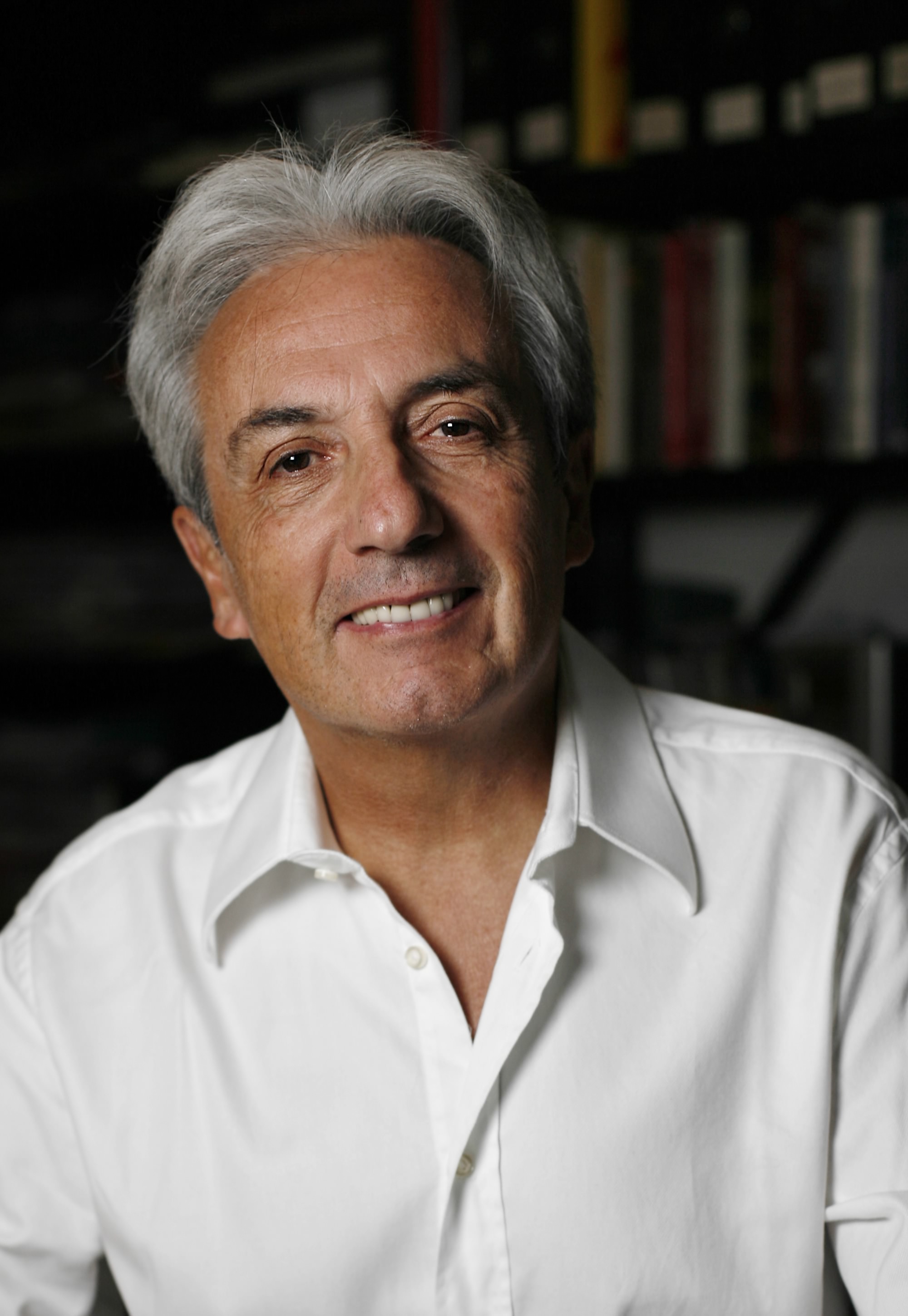
Albert Fert*, Université Paris-Sud, Orsay, France
Presently: Unité Mixte de Physique CNRS-Thales, Palaiseau, France

Peter Grünberg*, Institut für Festkörperforschung, Jülich, Germany
For their outstanding scientific contributions and for their pioneering work in the field of magnetic coupling and magnetoresistance in artificial multilayered structures.
*2007 Physics Nobel Laureates

Arthur J. Freeman, Northwestern University, USA
For the pioneer research which he has been conducting with particular intensity in the past five years in a very “hot” innovative field – that of surface magnetism, interfaces, monolayers, ultrathin films, sandwiches and modulated structures.
The IUPAP Early Career Scientist Prize in the field of Magnetism is awarded for theoretical or experimental work in fields of fundamental or applied magnetism. First established in 2006, this prize was initially awarded every three years at the International Conference on Magnetism (ICM). Since 2016, this prize has been converted to an annual award. In 2021 the IUPAP renamed the Young Scientist Prizes across all commissions to Early Career Scientist Prizes, as the prizes are intended for “young” scientists in terms of their career stage. The prize comes with a monetary award from IUPAP. The recipients of this prestigious award are listed in what follows.

Dr. Lucas Caretta, Brown University
“For outstanding contributions to the understanding of ultrafast, current-driven magnetic domain wall motion and relativistic magnetization dynamics.”

Dr. Alannah Hallas, University of British Columbia
For outstanding contributions to the discovery of magnetic quantum materials through advanced synthesis methods.

Chunhui Du, University of California, San Diego
For fundamental contributions to the understanding, detection and control of spin dynamics and spin currents in magnetic oxides.
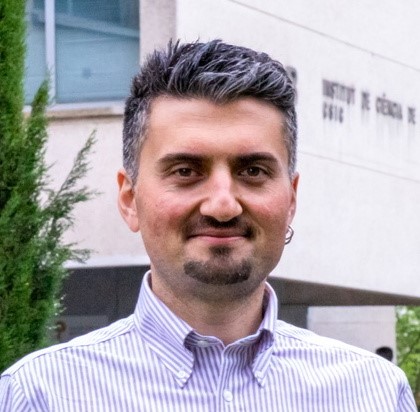
Can Onur Avci, Institute of Materials Science of Barcelona (ICMAB-CSCI)
For outstanding contributions to understand current-induced spin-orbit torques and electrical control of the magnetization in magnetic insulators, and for the discovery of unidirectional spin Hall magnetoresistance.
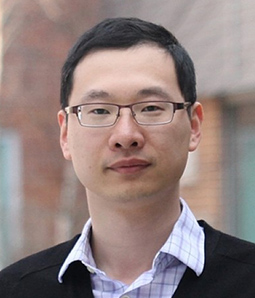
Jiadong Zang, University of New Hampshire, USA
For outstanding theoretical studies of the interplay between magnetism and topology.
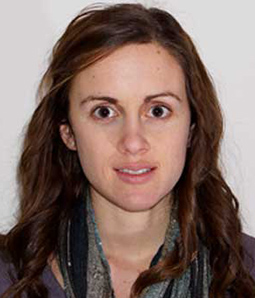
Julia Mundy, Harvard University, USA
For pathbreaking research on electric field control of magnetism using epitaxially designed multiferroics.
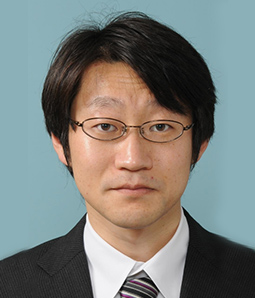
Shinichiro Seki, RIKEN Center for Emergent Matter Science, Japan
For discovery of multiferroic behavior and electrically controllable skyrmions in insulating chiral magnets.

Luqiao Liu, Massachusetts Institute of Technology, USA
For the pioneering demonstrations of the spin Hall effect excitation of ferromagnetic resonance, and of the surprisingly large spin Hall angles of particular heavy metals as determined by spin-torque ferromagnetic resonance, for seminal experiments and analysis of magnetic switching and auto-oscillation driven by that spin Hall effect, and for continuing research advancing the understanding and applicability of spin-orbit torques.
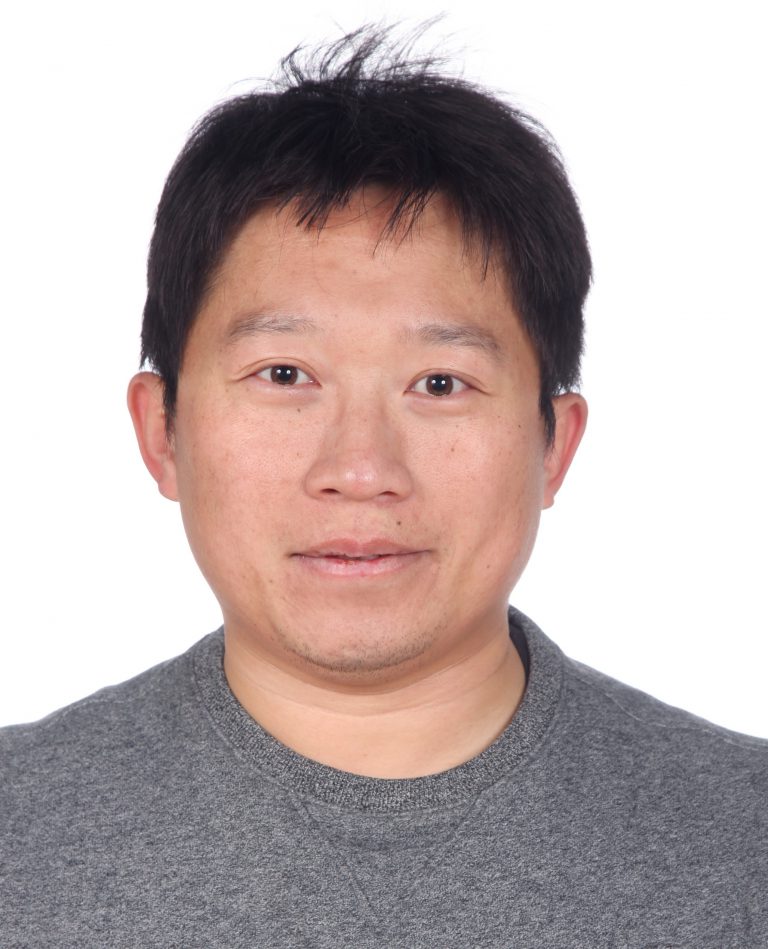
Wei Han, Peking University, China
For significant contributions to spin injection, spin transport and spin relaxation in graphene, and to the discovery of interface transparency and triangular antiferomagnetic IrMn3 for spin orbit torque in magnetic heterostructures.
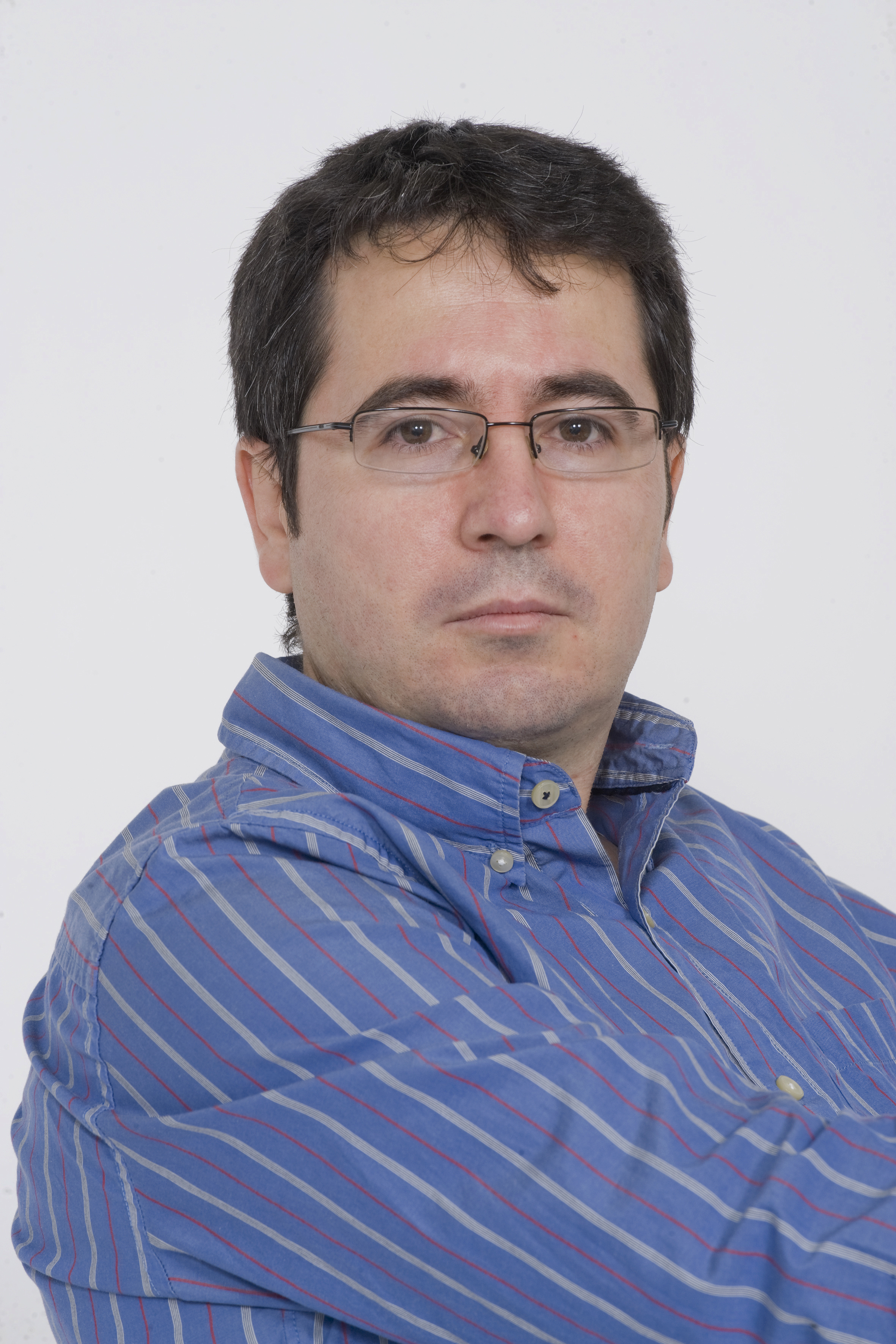
Marius V. Costache, Catalan Institute of Nanoscience and Nanotechnology (ICN2), Spain
For the development of new methods to excite and detect on-chip ferromagnetic resonance and new detection schemes for the magnon-drag effect.
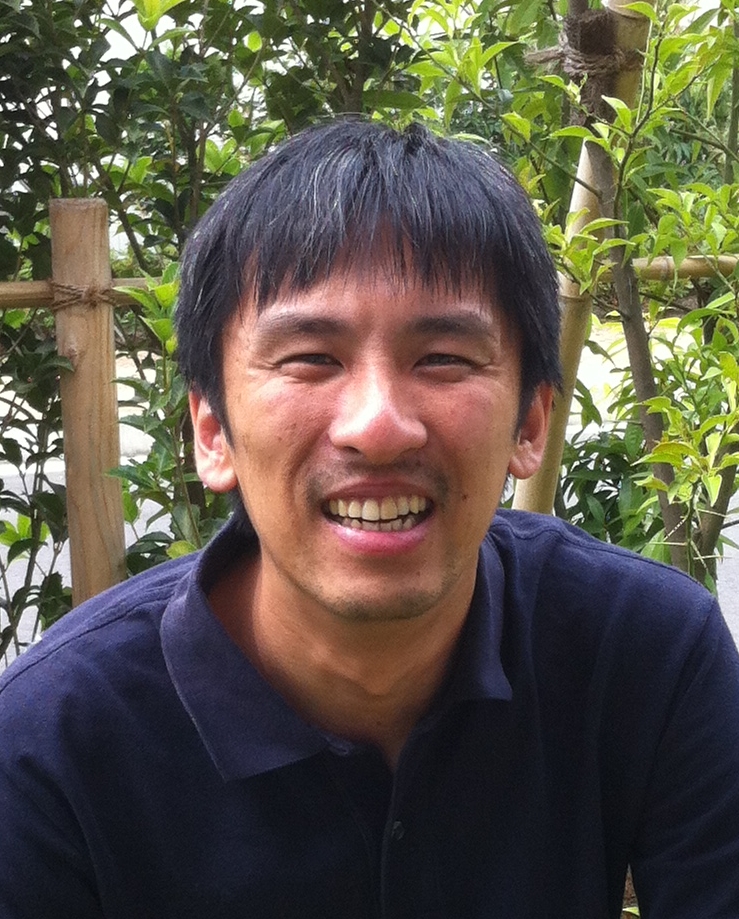
Masamitsu Hayashi, National Institute for Materials Science, Japan
For the pioneering work on domain wall dynamics in magnetic nanowires and contributions to the development of current controlled magnetism in magnetic heterostructures using spin orbit effects.
Presently: The University of Tokyo, Japan

Suchitra Sebastian, Cavendish Laboratory, University of Cambridge, UK
For her leading role in the following discoveries in the field of magnetism and superconductivity: novel phenomena in frustrated quantum magnets, unconventional quantum phase transitions in heavy fermion and copper oxide superconductors, superconductivity under pressure in iron arsenide antiferromagnets, and new quantum oscillatory effects in copper oxide superconductors.

Sergio O. Valenzuela, Catalan Institution for Research and Advanced Studies (ICREA) and Catalan Institute of Nanoscience and Nanotechnology (ICN2), Spain
For significant contributions to nonlocal spin-detection methods, including the first electronic detection of the spin Hall effect and of pure spin currents.

Eiji Saitoh, Keio University, Japan
For the fabrication of highly original nanostructures and for the discovery of important spin transport phenomena, including the spin-Seebeck effect and the inverse spin-Hall effect.
Presently: Tohoku University, Japan

Takashi Kimura, INAMORI Frontier Research Center, Kyushu University, Japan
For the study of spin transport in lateral metallic spin valves, and the observation of the pure spin-current induced magnetization reversal and the reversible spin Hall effect.

Siddharth Shanker Saxena, Cavendish Laboratory, University of Cambridge, UK
For his pioneering discovery that the boundary of ferromagnetism in metals hosts a low-temperature superconducting phase, as exemplified by UGe2, where ferromagnetism and superconductivity coexist over a range of pressures, and for other stimulating contributions at the interface of magnetism and superconductivity.

Satoshi Okamoto, Columbia University, USA
In recognition of his fundamental theoretical work establishing the properties of orbiton excitations in magnetic materials, and the physical ideas for determining the electronic properties of oxide heterostructure interfaces.
Presently: Oak Ridge National Laboratory, USA




